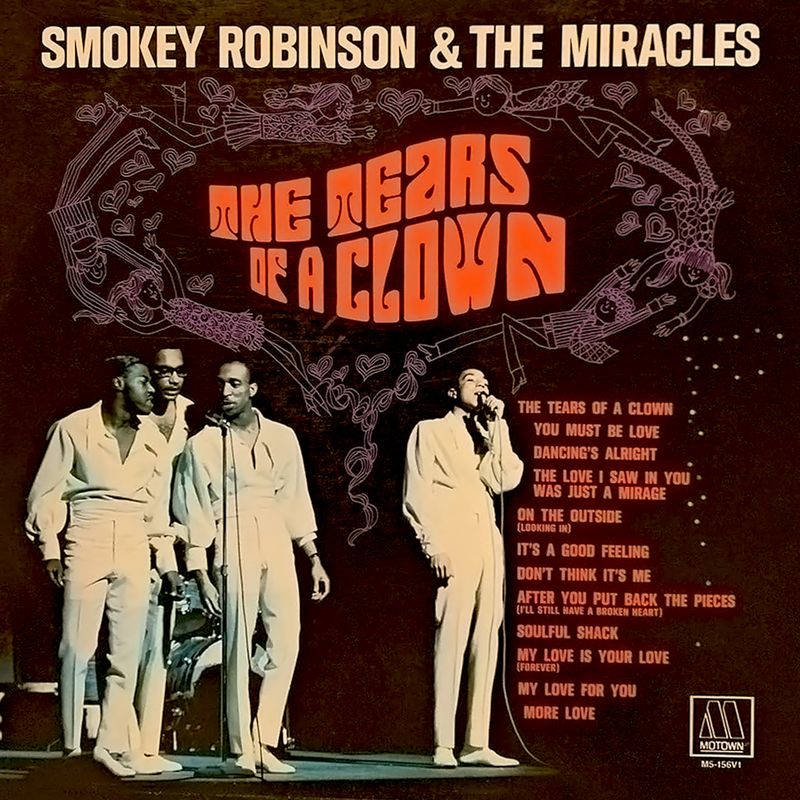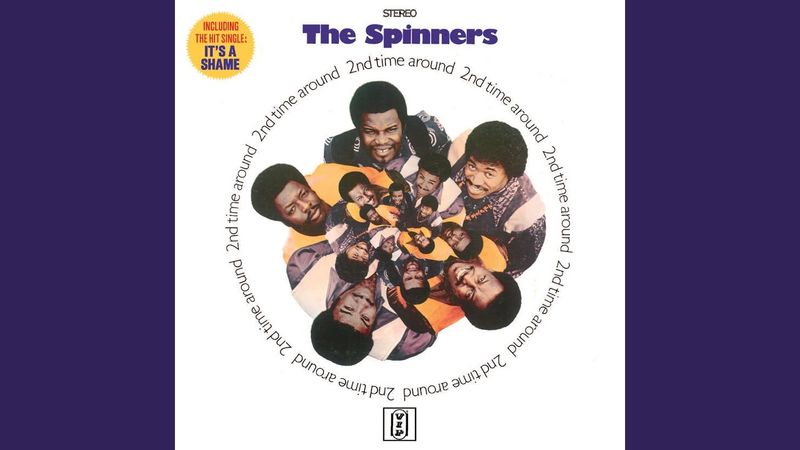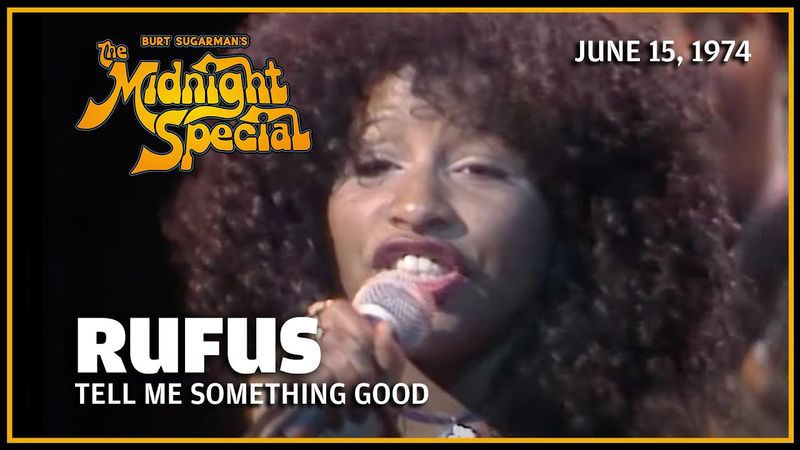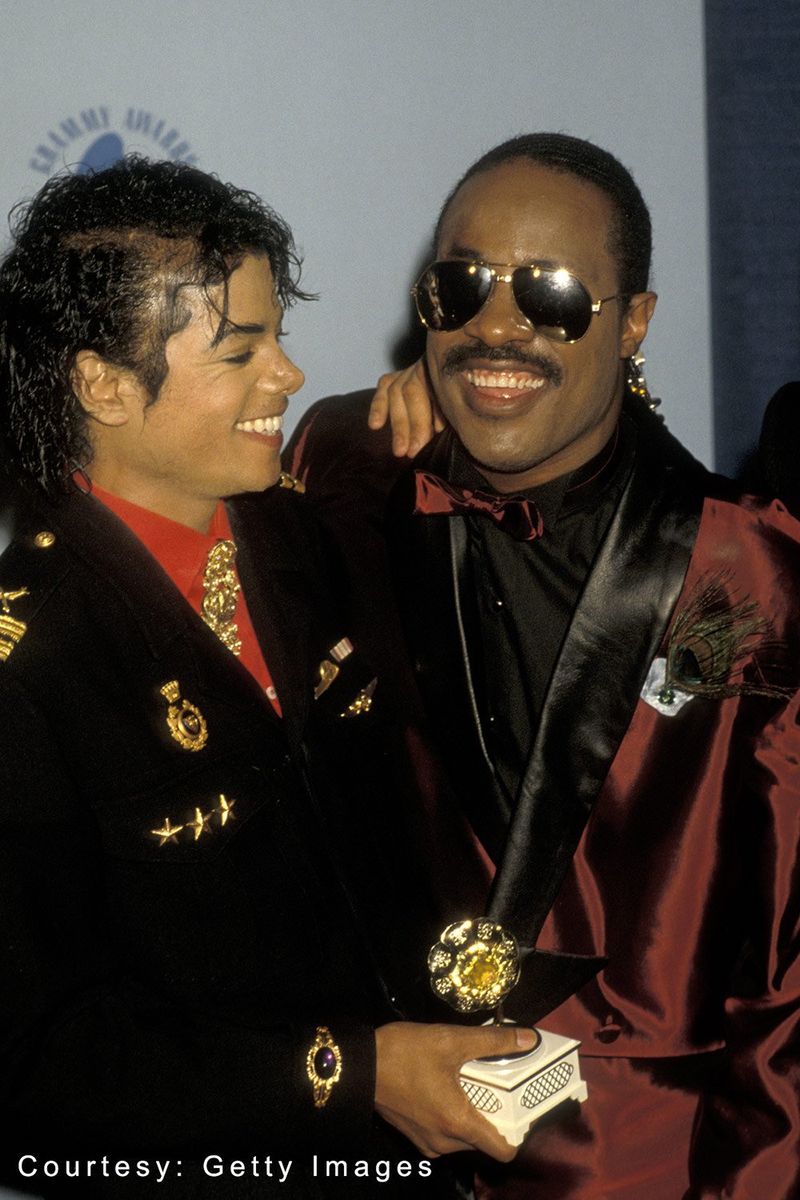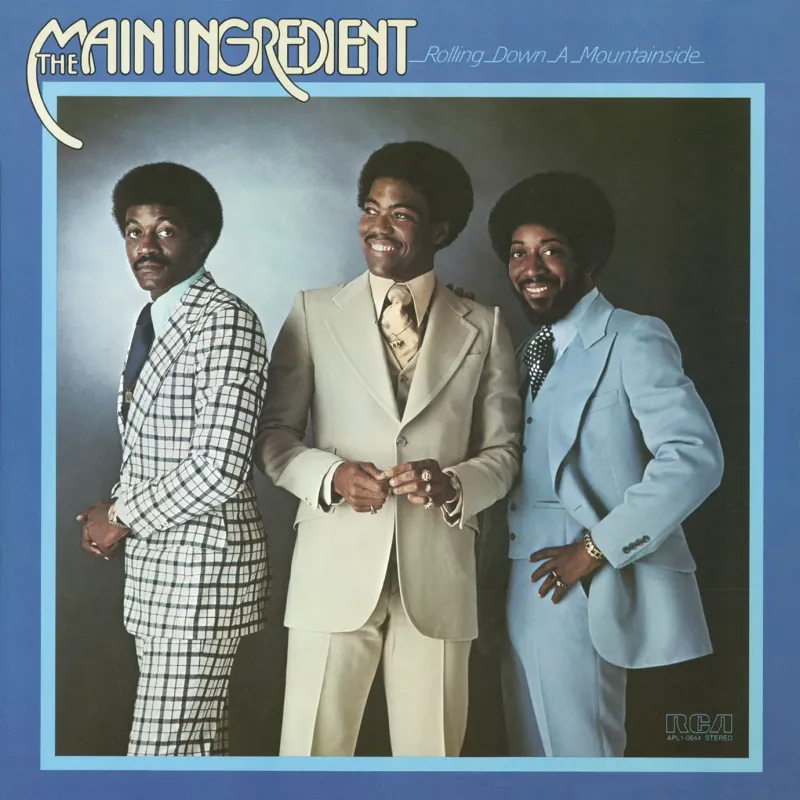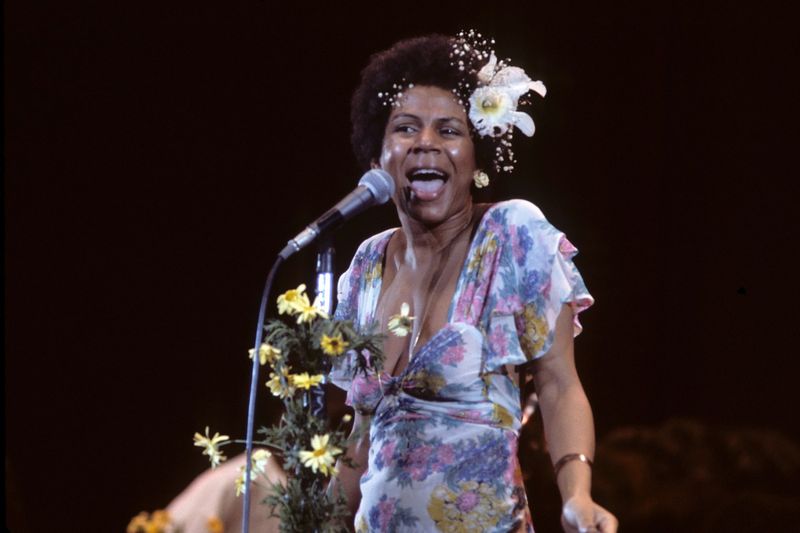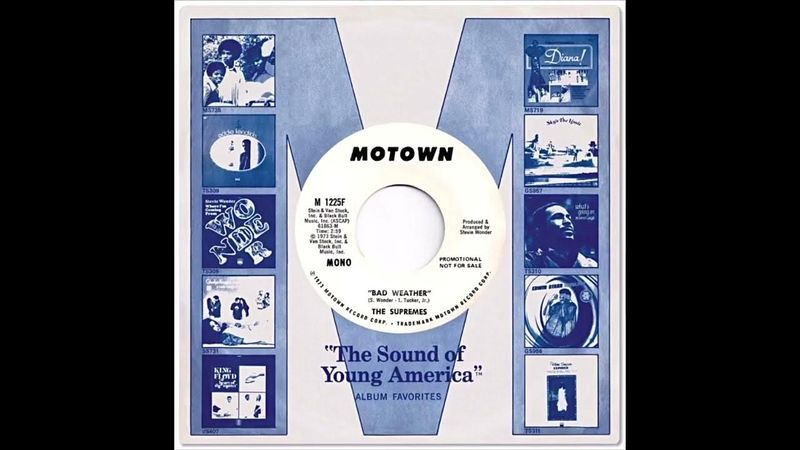Stevie Wonder, a musical genius known for his incredible voice and musicianship, has also lent his songwriting talents to an array of artists.
While many are familiar with his own hits, there are several songs performed by other artists that bear his signature touch.
This list explores ten such songs that might surprise you, showcasing the breadth and depth of Wonder’s influence across the music industry. Each song highlights a unique aspect of his songwriting prowess, from catchy melodies to profound lyrics, proving his versatility and genius.
1. “The Tears of a Clown” – 1967
“The Tears of a Clown,” performed by Smokey Robinson & the Miracles, carries the unmistakable charm of Stevie Wonder’s songwriting. Released in 1967, this song combines buoyant melodies with poignant lyrics about hidden sadness. Wonder’s influence is evident in its complex musical arrangement.
The song features a vibrant circus-themed arrangement that masks its melancholic theme. Wonder co-wrote the music, laying the groundwork for Smokey Robinson’s evocative lyrics.
This collaboration resulted in a timeless hit that resonates with listeners even decades later, showcasing Wonder’s ability to craft emotionally layered songs.
2. “It’s a Shame” – 1970
Written by Stevie Wonder, “It’s a Shame” became a signature song for The Spinners in 1970. This track is a perfect blend of upbeat rhythm and heartfelt sentiments, highlighting a troubled romantic relationship. Wonder’s creative genius shines through in its catchy grooves.
His collaboration with Syreeta Wright and Lee Garrett ensured the song’s lyrical depth. The infectious melody became an anthem of heartbreak, resonating deeply with fans.
Wonder’s contribution to this track elevated The Spinners’ profile, demonstrating his knack for crafting hits across different musical styles.
3. “Tell Me Something Good” – 1974
“Tell Me Something Good” was a funky masterpiece delivered by Rufus, featuring the powerful vocals of Chaka Khan. Released in 1974, this track exploded with Stevie Wonder’s funky rhythms and catchy hooks. Wonder penned this song, infusing it with infectious energy.
The song’s unique sound, driven by a groovy bassline and Khan’s dynamic voice, made it an instant classic. Wonder’s influence is palpable in the melody’s complexity.
This collaboration marked a high point for both Rufus and Chaka Khan, proving Wonder’s ability to craft genre-defining hits.
4. “I Can’t Help It” – 1979
Stevie Wonder co-wrote “I Can’t Help It” for Michael Jackson’s iconic “Off the Wall” album, released in 1979. This song is an elegant blend of jazz, pop, and soul, showcasing Wonder’s flair for creating smooth, emotive tracks.
The song’s lyrics and melody perfectly complement Jackson’s vocal talents, adding depth to the album. Wonder’s contribution is evident in the song’s sophisticated structure.
The track remains a favorite among fans, illustrating Wonder’s ability to create timeless music that transcends genres and generations.
5. “Until You Come Back to Me (That’s What I’m Gonna Do)” – 1973
Aretha Franklin’s “Until You Come Back to Me (That’s What I’m Gonna Do)” remains one of the greatest soul ballads ever written. Co-written by Stevie Wonder, this song exudes emotion through its soulful melody and heartfelt lyrics.
Wonder’s influence is apparent in the song’s intricate piano arrangements and emotional depth, enhancing Franklin’s powerful delivery.
Released in 1973, the song’s enduring popularity highlights Wonder’s knack for composing memorable, emotionally charged music that connects deeply with listeners.
6. “I Am Yours” – 1973
“I Am Yours,” performed by The Main Ingredient, is a lesser-known gem in Stevie Wonder’s songwriting catalog. Released in 1973, this song showcases Wonder’s ability to craft tender, heartfelt ballads.
The song blends smooth melodies with romantic lyrics, capturing the essence of love and devotion. Wonder’s touch is evident in the song’s melodic elegance.
This track, while not as widely recognized, exemplifies Wonder’s versatility as a songwriter, capable of influencing a wide range of musical styles and artists.
7. “Perfect Angel” – 1974
Minnie Riperton’s “Perfect Angel” stands out as a beautiful ballad co-written by Stevie Wonder. Released in 1974, the song is a heartfelt tribute to love and beauty, carried by Riperton’s ethereal voice.
Wonder’s influence is apparent in the song’s lush arrangements and emotional lyrics. His ability to blend musical elements into a cohesive whole shines through.
“Perfect Angel” remains a testament to Wonder’s songwriting talent, capturing the essence of love with elegance and grace, and continues to resonate with listeners today.
8. “This Town” – 1969
“This Town” was crafted by Stevie Wonder for a film soundtrack in 1969. Although not as commercially successful, the song captures the urban vibe and social themes of the era. Wonder’s songwriting prowess is evident in its evocative lyrics and compelling melody.
The song paints a vivid picture of city life, highlighting Wonder’s ability to convey powerful messages through music.
Despite its obscurity, “This Town” showcases Wonder’s skill in writing evocative and socially aware songs, a testament to his artistic depth and vision.
9. “Bad Weather” – 1973
Stevie Wonder wrote “Bad Weather” for The Supremes, released in 1973. This song reflects Wonder’s mastery in blending pop and soul elements. The track’s lively beats mask the somber theme of turbulent love.
Wonder’s distinctive songwriting style is evident in its catchy yet profound lyrics, resonating with fans worldwide.
The collaboration added a fresh dimension to The Supremes’ repertoire, highlighting Wonder’s ability to create impactful music that remains relevant through the decades.
10. “I Can See the Sun in Late December” – 1974
“I Can See the Sun in Late December” was co-written by Stevie Wonder for Roberta Flack. Released in 1974, this song embodies warmth and optimism, typical of Wonder’s uplifting style.
The song features intricate arrangements and emotive lyrics that complement Flack’s soothing vocals beautifully. Wonder’s craftsmanship in songwriting is evident in the song’s hopeful tone.
This track remains a hidden treasure in Wonder’s songwriting legacy, epitomizing his ability to inspire through music and connect with audiences on a deep emotional level.

